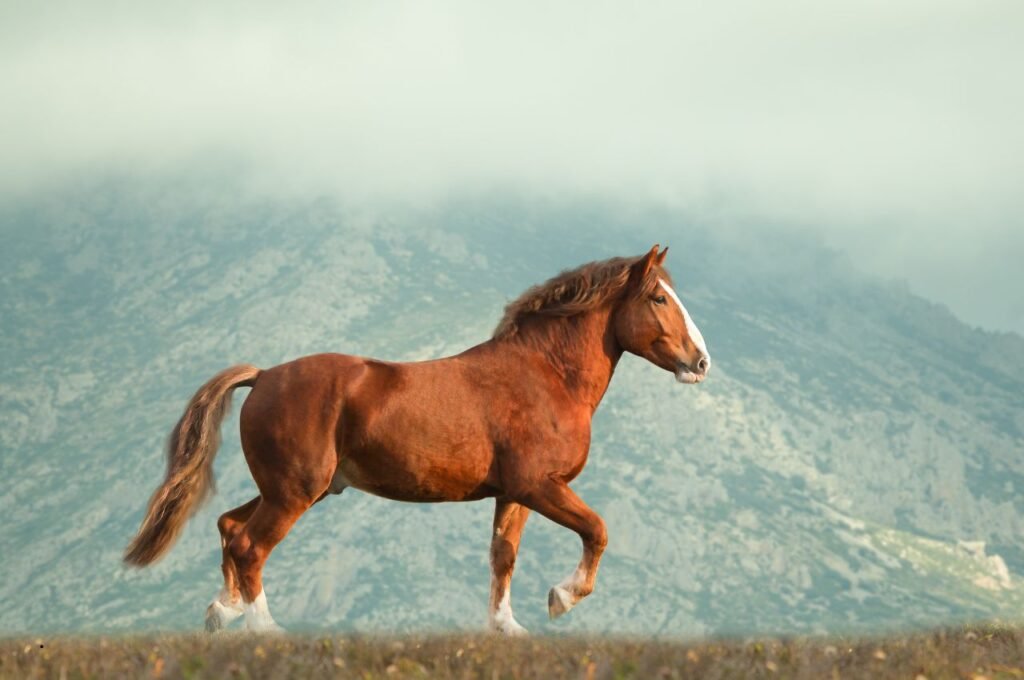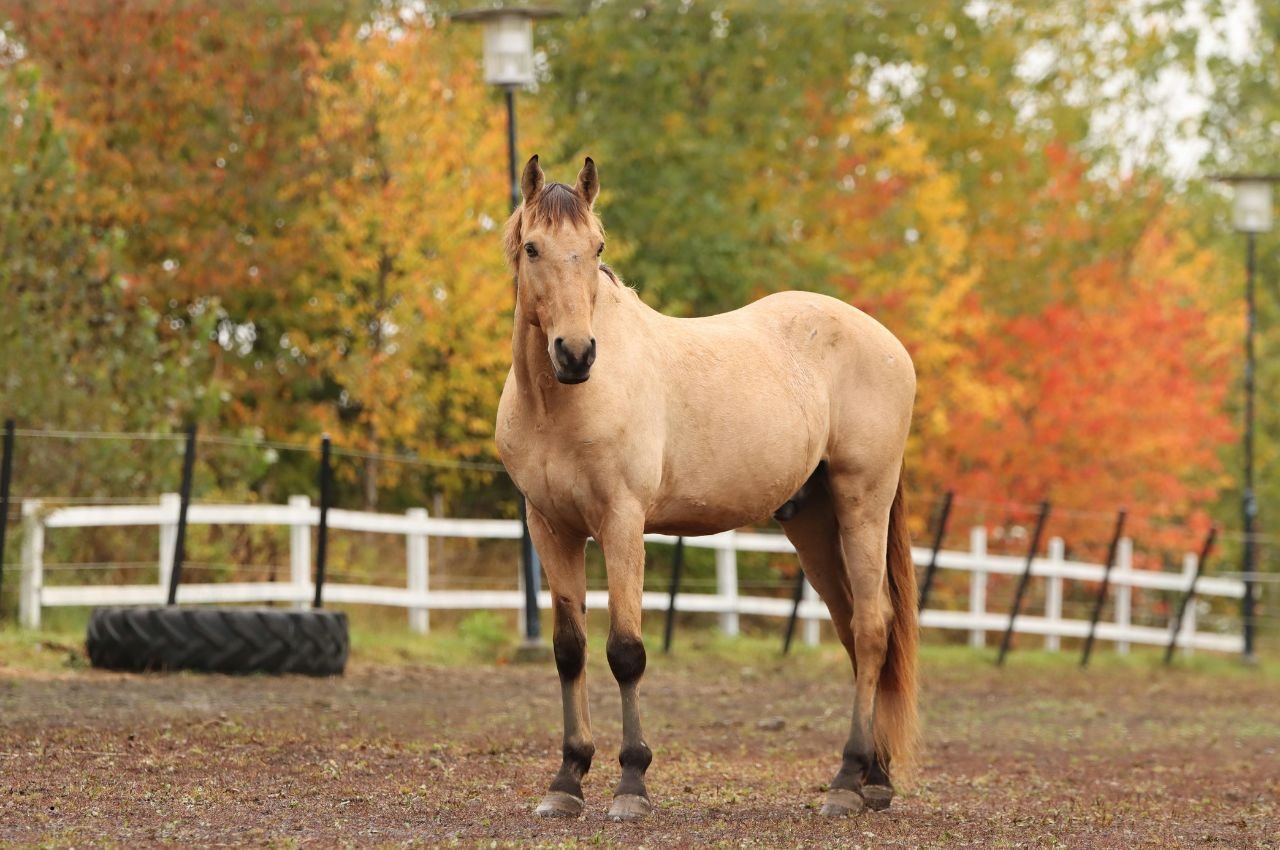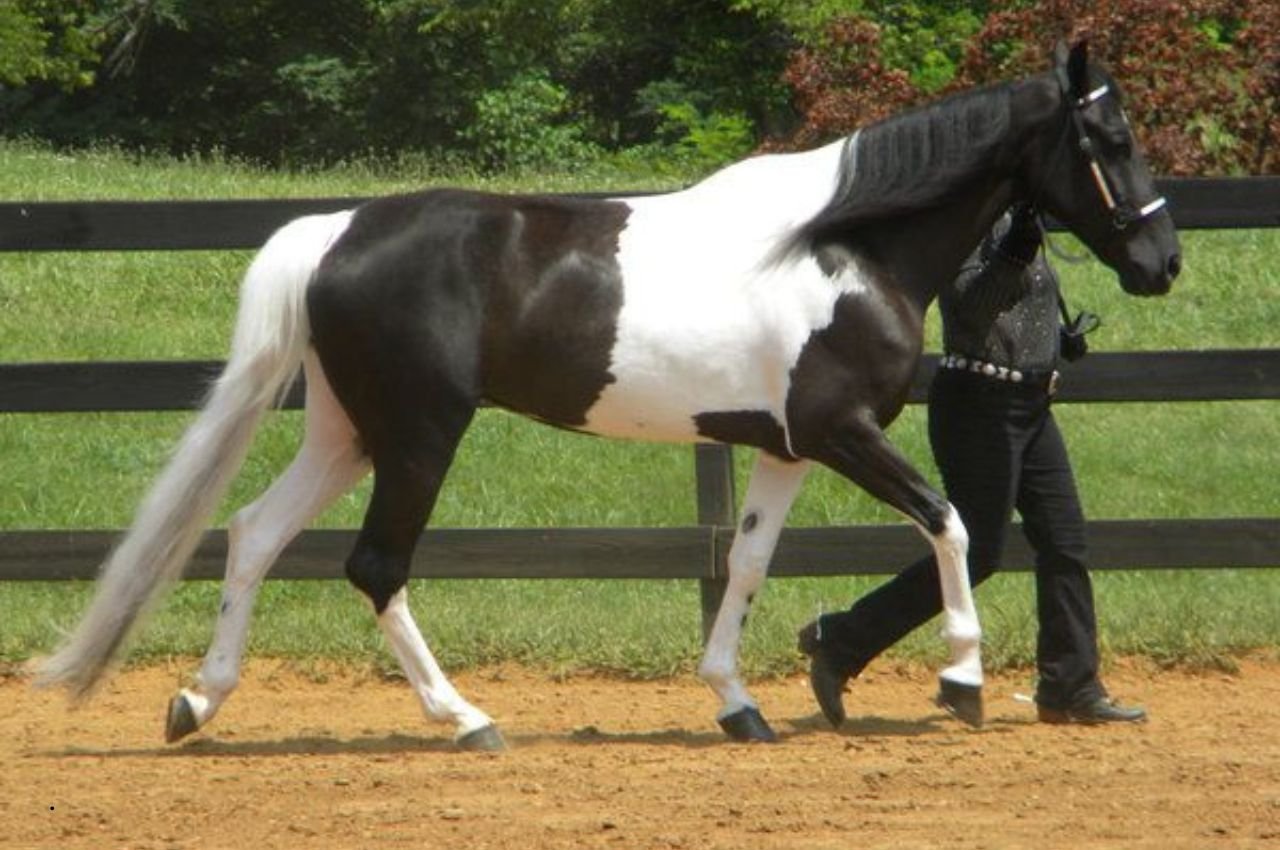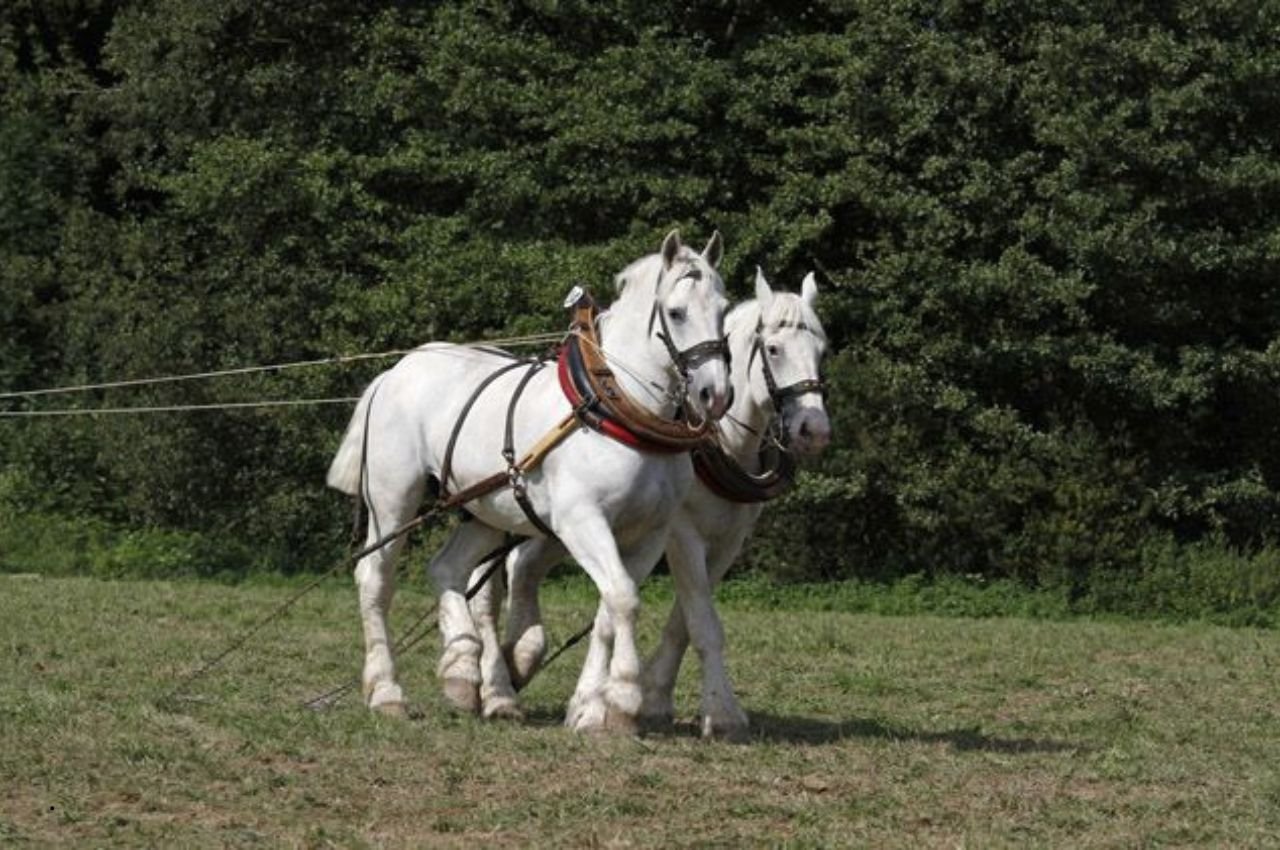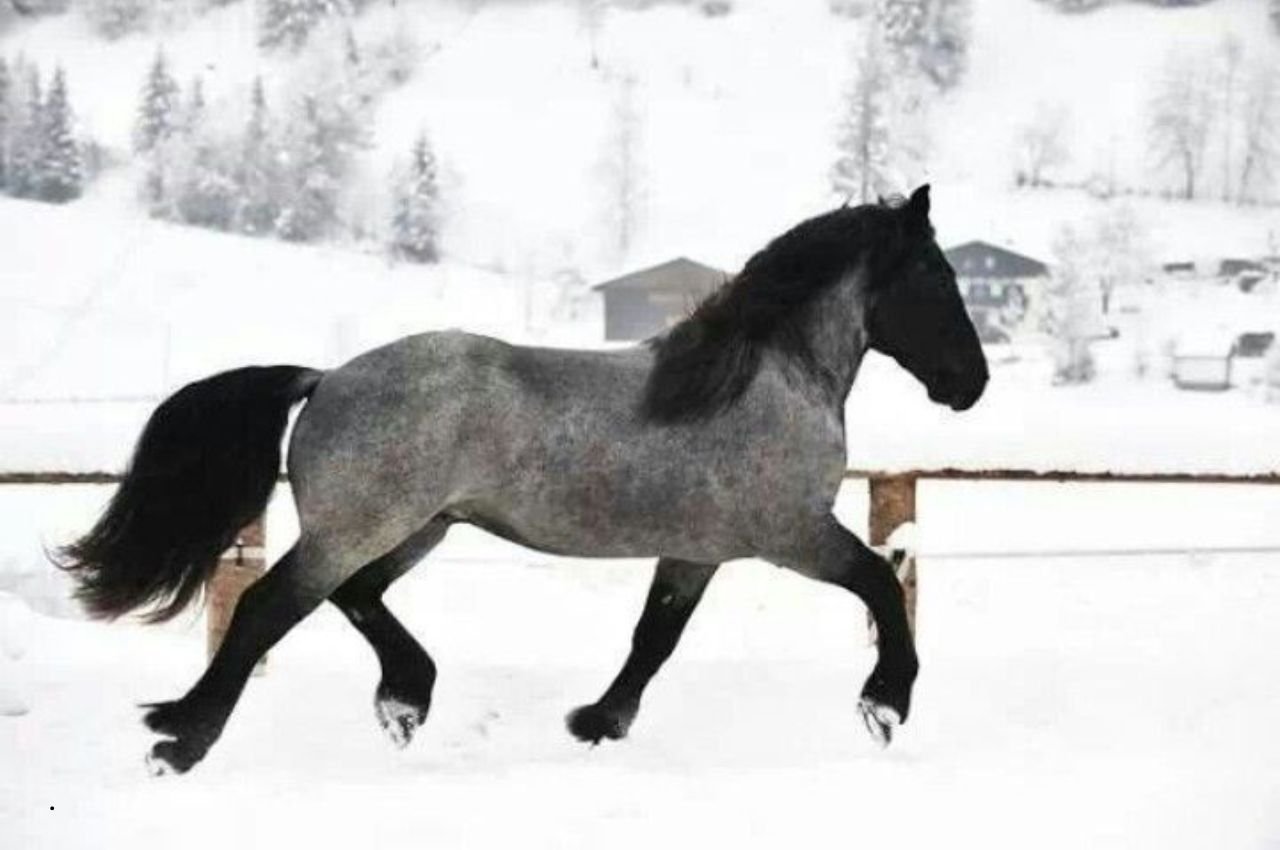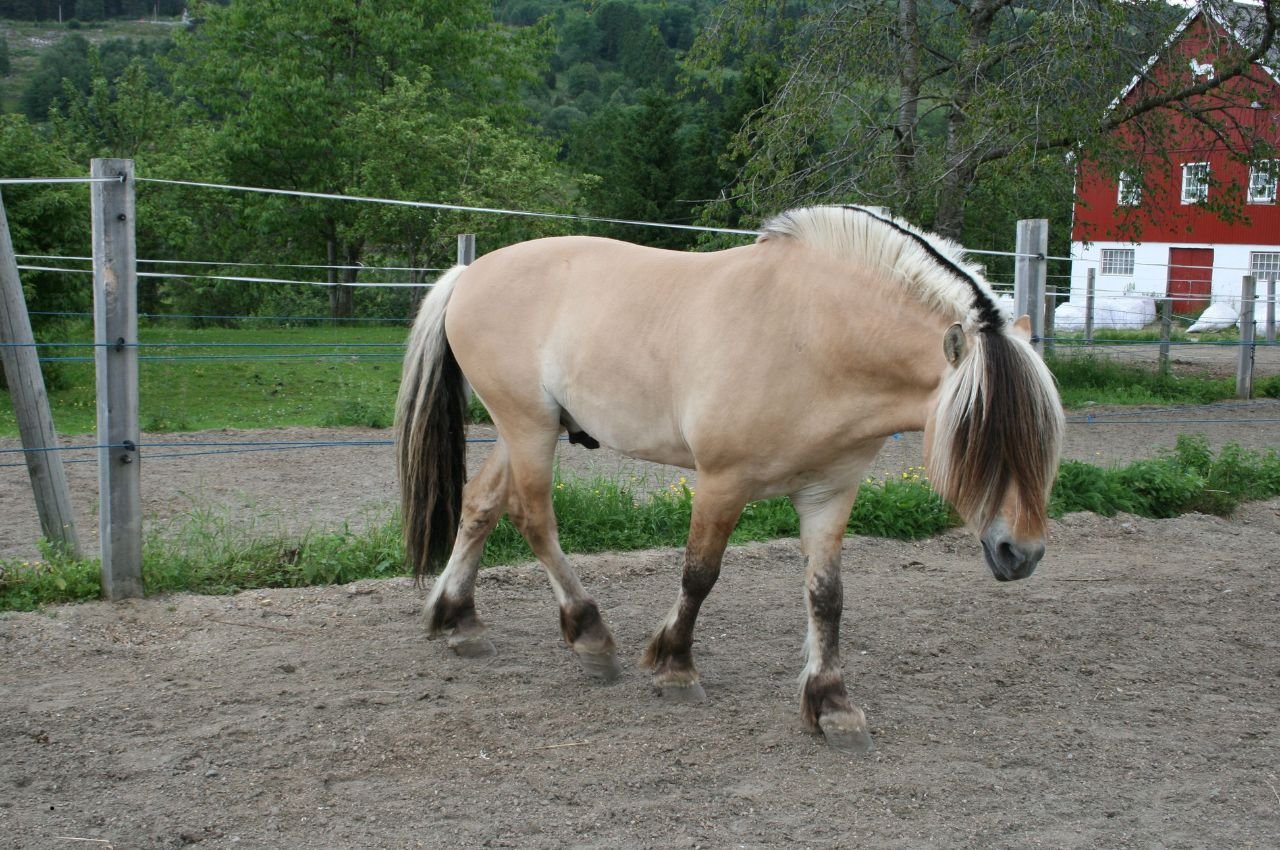The Russian Heavy Draft is a powerful and resilient horse breed developed to thrive in harsh northern climates. Known for its strength, stamina, and adaptability, this draft breed is a cornerstone of Russian agriculture and cold-climate farming. In this comprehensive guide, we’ll explore the breed’s origins, traits, uses, and how to care for them, especially in terms of health and nutrition.
📜 Breed Overview: Russian Heavy Draft at a Glance
- Origin: Russia, 19th century
- Height: 14.2 – 15.2 hands
- Weight: 1,300 – 1,600 lbs
- Primary Use: Draft work, farming, hauling
- Known For: Cold resistance, powerful build, easy keeper
- Lifespan: 20–25 years
❄️ Cold-Climate Strength: Built for Harsh Conditions
The Russian Heavy Draft was developed in the late 1800s by crossing native Russian breeds with imported draft horses like the Ardennes and Brabant. The result was a compact, muscular horse with the strength of larger breeds and the hardiness to survive bitter winters.
Key Physical Features:
- Thick winter coat for insulation
- Dense bone structure for stability on icy terrain
- Shorter legs and broad body for traction and balance in snow
- Feathered fetlocks and tough hooves, ideal for rugged farm work
These features make them uniquely suited for logging, plowing, and hauling in cold, snowy regions where other breeds might falter.
💪 Temperament and Work Ethic
Russian Heavy Drafts are docile, intelligent, and willing workers. Their calm demeanor makes them suitable for small farms, family-run operations, and even therapeutic riding in some cases.
They are known for:
- High endurance
- Reliable temperament
- Quick learning
- Adaptability to various harness systems
🧬 Health Considerations
While generally hardy, proper management is crucial for maintaining the health of a Russian Heavy Draft, especially in colder climates where issues like frozen hooves or joint stiffness can occur.
Common Health Considerations:
- Laminitis – Watch for signs during spring when fresh grass appears.
- Joint strain – Common with heavy work, so rest periods are important.
- Hoof care – Snow and ice buildup can lead to thrush or cracks if not managed.
- Respiratory health – Ensure ventilation in barns to prevent mold-related issues.
Cold-Climate Health Tips:
- Provide dry bedding and shelter
- Warm water to encourage drinking in freezing temperatures
- Hoof inspections after snow/ice exposure
- Regular grooming to manage thick coats
🥕 Nutrition: Feeding for Strength & Endurance
Russian Heavy Drafts are “easy keepers,” meaning they maintain body condition well even on modest rations. However, their energy needs increase during intense work and winter months.
Basic Diet:
- High-quality forage (grass hay or legume mix) – 1.5–2% of body weight daily
- Grain mix (if working) – oats or barley, 4–6 lbs/day, adjusted per workload
- Mineral/salt blocks – especially important in cold climates
- Fresh water access – heated troughs in winter
Winter Feeding Tips:
- Increase caloric intake to help maintain body heat
- Add beet pulp or oil-rich supplements for extra energy
- Monitor for signs of weight loss under heavy blankets
🧼 Grooming & Maintenance
Due to their dense coats and feathering, Russian Heavy Drafts require consistent grooming:
- Daily brushing in winter to remove snow, sweat, and dirt
- Feather maintenance to prevent mud buildup and skin infections
- Regular farrier care every 6–8 weeks
- Dental checks every 6–12 months
🧲 Uses and Modern Roles
While still popular for plow work and logging, Russian Heavy Drafts have adapted to modern uses:
- Ecological farming
- Sustainable forestry
- Driving competitions
- Breed exhibitions
They are also being used in genetic conservation programs due to their declining numbers and unique traits.
🌍 Conservation & Breed Status
Though not endangered, the Russian Heavy Draft’s population is limited and largely concentrated in Russia and Eastern Europe. Interest in sustainable agriculture and traditional farming methods is helping renew attention to this valuable breed.
Organizations and breeders are working to:
- Preserve bloodlines
- Promote responsible breeding
- Educate new owners about care and sustainability
🐎 Conclusion
The Russian Heavy Draft is more than just a powerful workhorse — it’s a living example of adaptability, endurance, and strength developed for the harshest of climates. Whether you’re a farmer, horse enthusiast, or breeder, understanding their health, nutrition, and unique qualities is key to preserving and working with this remarkable breed.
❓ Frequently Asked Questions (FAQs)
1. Are Russian Heavy Draft horses good for beginners?
Yes, Russian Heavy Drafts are known for their calm temperament and willingness to work, which makes them suitable for beginners under supervision. However, due to their size and strength, proper handling knowledge is recommended.
2. What is the difference between the Russian Heavy Draft and other draft breeds?
The Russian Heavy Draft is smaller and more compact than breeds like the Clydesdale or Percheron. It was specifically bred for cold climates, making it more resilient to harsh weather. It also matures faster and is considered an “easy keeper.”
3. Can Russian Heavy Drafts be ridden or are they only for work?
While primarily used for draft work, they can be trained for riding, especially for calm trail rides or therapeutic purposes. Their broad backs and steady movement make them comfortable, but they’re not ideal for high-speed or competitive riding.
4. How much food does a Russian Heavy Draft need daily?
An average Russian Heavy Draft needs 1.5–2% of its body weight in forage daily, which is around 20–30 lbs of hay. Additional grain or energy supplements may be needed depending on workload and season.
5. Do Russian Heavy Drafts require special care in the winter?
Yes. Although they’re built for cold climates, they still require:
- Dry shelter
- Regular hoof checks
- Heated water access
- Increased caloric intake
Their thick coats help, but management is key in freezing or icy conditions.
6. Where can I buy a Russian Heavy Draft horse?
Russian Heavy Drafts are most commonly found in Russia and Eastern Europe. Some breeders specialize in exporting them, but availability is limited in North America and Western Europe. It’s best to work with breed associations or conservation farms.
7. Are Russian Heavy Drafts endangered?
They are not officially endangered but are considered a rare breed outside of Russia. Conservation efforts are underway to maintain genetic diversity and encourage responsible breeding.

